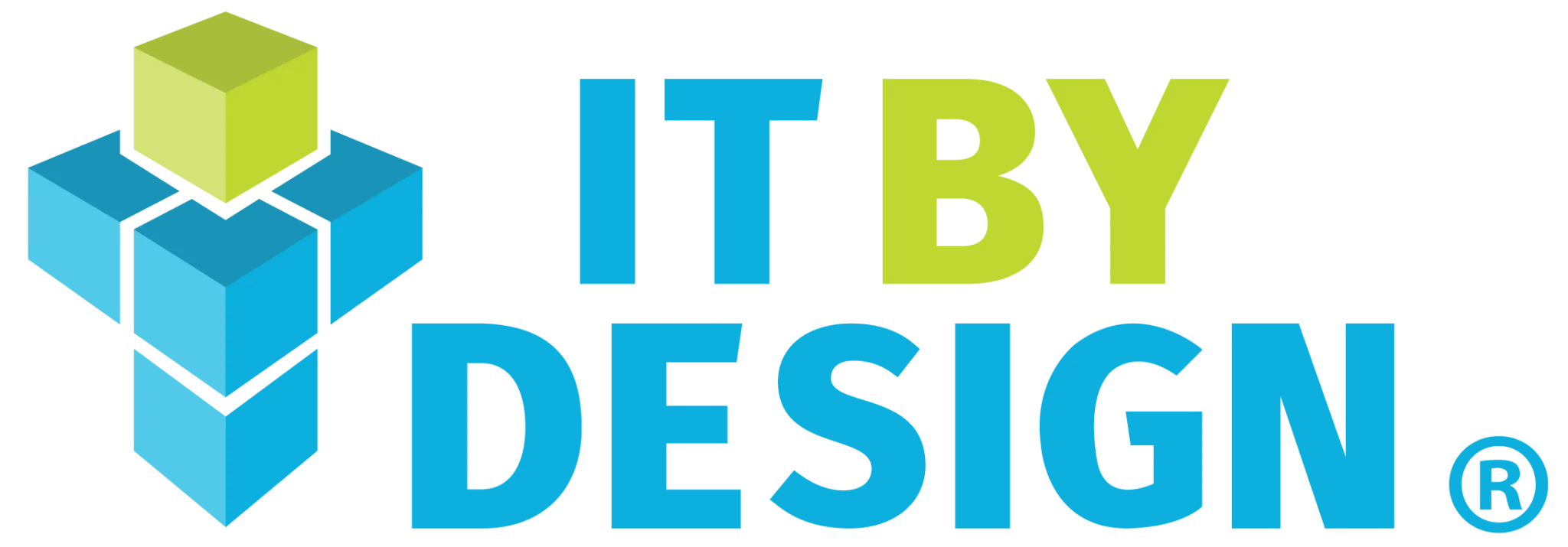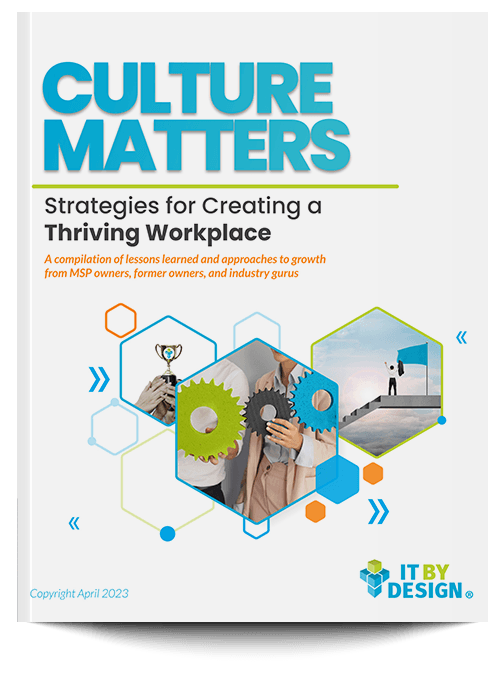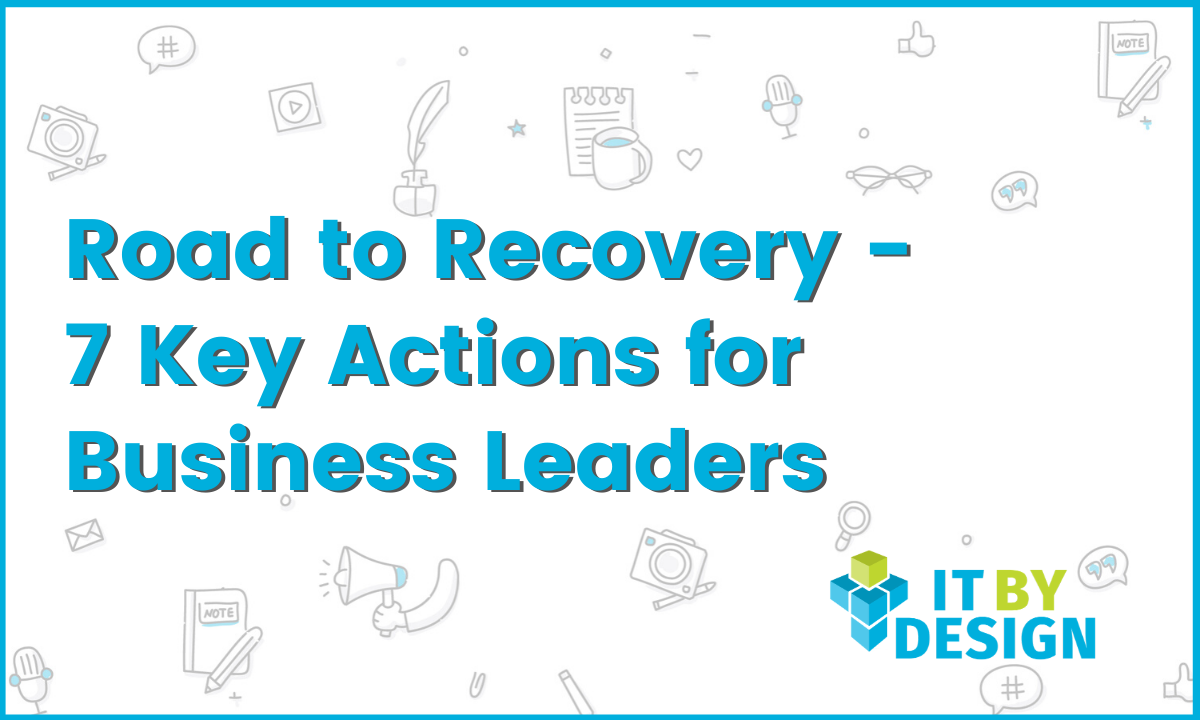While there still might be several hurdles to overcome, it is clear that the world is slowly yet surely beginning its journey to recovery. As we all make our way back into building our businesses and reclaiming those lost sales revenues, the role of leaders is more critical than ever. This is the time for you to think about what the future may hold for your business and adapt accordingly.
As they examine what recovery potentially looks like, executives need to not only think about digital transformation but also tackle workforce transformation. Arriving at new frameworks during this recovery requires investing afresh in learning and development as well as introspecting and reorienting yourself to the unfolding uncertainties of the new normal. This point of the pandemic crisis is the chance to take a look at how your strategy should change to make your business more resilient when faced with challenging times.
1. Bring down your cost structures
Even in post-COVID times, your business will need to answer the perennial questions of cash, cost, and credit. It is absolutely essential that you look at every cost with great attention at this time, and try to operate with as little as you can. Don’t just bounce back to the old ways of spending. From your non-personnel costs to marketing and business development, all expenditures need to be reexamined—again. Working through good vs. bad costs will help you answer questions such as: “How do I restructure so that I use the skills and competencies of my workforce to maximum business advantage? What are the overhead costs that we can significantly cut down and then re-channelize the funds in building long-term sustainable capabilities?”
2. Drive operational efficiencies
Generally, when the growth is a given, it is easy to dismiss efficiencies. But when times are tough, it is important to look at every department, examine every process, and look at efficiencies. It not only helps you bring down some of the costs even lower, but more importantly, help you run a far tighter ship. That makes you ready and sharper, when the economy fires up again. And extending that focus through the recovery will leave your business even more efficient and agile.
3. Make changes in work policy
Let’s be honest, WFH opened up new potential for many businesses. So as you work with HR to identify who needs to come back to the office and who can continue work from home, be open minded. Sure, it requires revamping some policies and adjusting some ways of working to ensure security around customer contracts, client confidentiality, and data privacy. So while keeping your workforce small as offices reopen may be essential at first, don’t hesitate to consider this an opportunity to re-examine where your people are most productive.
4. Build capacities internally
Take some time to look into your crystal ball and think through how and where to use internal resources for building capabilities in key areas that may be new opportunities given the last few months. There may be skills that were not required yesterday but may become absolutely necessary tomorrow, for instance, CIO/CTO roles or work analytics, risk, governance. Also continue to examine vertical or product innovations that may present new opportunities; again, the upset of the last few months will continue for some time, and perhaps even circle back around. Be ready to fill gaps or take advantage of opportunities that might take minor adjustments but could deliver big returns.
This is also a great time for you to push L&D to have a competitive advantage. Having a resilient, motivated, and competent workforce will differentiate between businesses that succeed in making a successful comeback vs. those that continue to struggle. Where to start? Ask yourself questions such as: “How can I best engage my employees in our business recovery? What do I need to learn to empower my team?”
5. Indulge in authentic communication
Given that the economy hasn’t fully recovered yet, your business might still face some hurdles. As you continue to communicate internally and act on the new, various permutations of business operations, be honest with employees about uncertainty. Continue with transparent and empathetic communication throughout each stage of recovery. It is better for an employee to hear it from a leader than from the grapevine. Managing fear and uncertainty in the workplace will anyway help you accelerate the pace of adjustment and galvanize the focus you will need in the new normal.
6. Invest in employee health and well-being
Given the multiple responsibilities everyone has been managing, it’s likely burnout could happen, even as we all start to get back to business. As a leader, it can seem simplistic to focus on being positive and optimistic; however, being sensitive to how stress and anxiety can impact your team is a key element of leadership. In all honesty, dedicated teams can work themselves past the point of healthy productivity, feeling it’s their contribution to keeping the company in the green. But as that continues, even the most resilient employees can start to flag.
At IT By Design, we have invested in a wellness community program that is helping our community members in reducing burnout and mental stress. The program also aims to help them with Self Awareness, Emotional Intelligence, and Mental Hygiene Practices. To start the process, ask your team how they are feeling in a short survey. Then build a team committee to turn low scoring areas into opportunities for improvement.
7. Stick to company values
In a crisis and beyond, it is important to find glue that binds the workforce together. Because at the end of the day, it is very easy for things to simply start falling apart. It is imperative to me as the visionary for IT By Design that we live our values. We take time during our daily morning virtual huddle to instill a sense of belongingness among all community members. We talk about positivity, sharing success stories and testimonials as well as talking about those core values. Even if one of our team members is in an isolated, far-flung home office, there is always the reassurance of being part of a community.
Final Thought: As businesses recover, leaders will need to motivate, align, and lead with transparency, authenticity, and fairness. From being empathetic to communicating clearly to putting the greater good ahead of all other operational concerns, leaders have a responsibility to keep calm and try to ensure business continuity. Going through challenging times as a team is always easier than facing anything alone, and that team approach starts with you.







